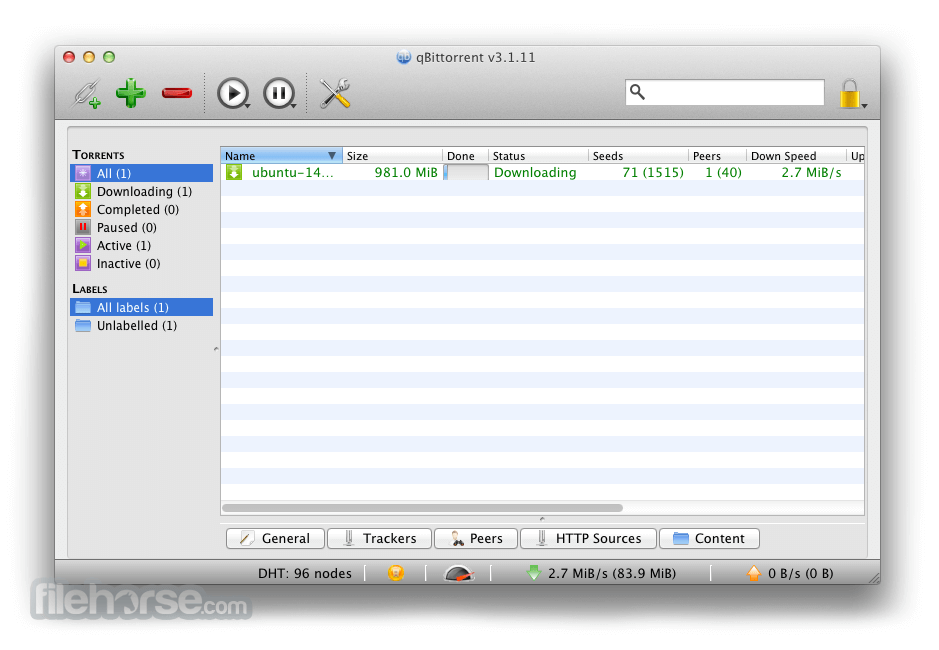

Future applications of this research are also discussed. The shape of the gamma probability functions that best describe sedimentation rate distributions are calculated and presented here for use as priors in Bayesian age modelling applications such as BACON (Blaauw and Christen, in press). This result indicates that super-regional climatic control of primary productivity, and thus autochthonic sediment deposition, dominates in mires while deposition in lacustrine basins may be driven primarily by local and regional factors including watershed size, surficial materials,and regional vegetation. There are clear and significant links between variations in the NGRIP record of Î♁8O and sedimentation in mires across the PalEON region, but no links to lacustrine sedimentation rates. Relationships between sedimentation rates and sediment age, site longitude, and depositional environment (lacustrine or mire) are significant but weak. The age models were recalibrated to IntCal09 and augmented in some cases using biostratigraphic markers (Picea decline, 16 kcal BP - 10.5 kcal BP Quercus rise, 12 - 9.1 kcal BP and Alnus decline, 11.5 - 10.6 kcal BP) as described in Blois et al. Sedimentation rates (yr/cm) were calculated from age-depth models, which were obtained from the Neotoma database (and other contributed pollen records. To address this challenge, we assessed sedimentation rates and their controls for 218 lakes and mires in the northeastern U.S. A fundamental challenge for PalEON (and paleo research more broadly) is to improve age modelling to yield more accurate sediment-core chronologies. PalEON is a multidisciplinary project that combines paleo and modern ecological data with state-of-the-art statistical and modelling tools to examine the interactions between climate, fire and vegetation during the past two millennia in the northeastern United States. Sedimentation rates in eastern North America reveal strong links between regional climate, depositional environments, and sediment accumulation
Channel adjacent sediment deposition can be valuable records of hydro-meteorological and sedimentological regimes, but local depositional settings may dominate the character of short term (interdecadal) signatures. Well-developed upstream plug bar formation precluded the entrainment of coarser bedload into the abandoned channel, while Salinas River mouth conditions (open/closed) in conjunction with tidal and storm surge conditions may play a role in influencing the delivery of coarser suspended load fractions. Both the responsiveness of sedimentation and unresponsiveness of particle size distributions to hydro-sedimentological event magnitudes appear to be controlled by aspects of local geomorphology that influence the connectivity of the abandoned channel to the Salinas River mainstem. Furthermore, the particle size distributions of flood deposits showed no relationship to event magnitudes. Sedimentation rates scaled with peak flood discharge and event scale sediment flux, but were not influenced by longer scale hydro-meteorological activities such as annual precipitation and water yield. A set of three sediment cores contained discrete flood deposits that corresponded to the largest flood events over the period of accretion from 1969 to 2007. This study presents an examination of the balance of fluvial sediment dynamics and local scale hydro-geomorphic controls on alluviation of an abandoned channel in the Salinas River Lagoon, CA. Thus extraction of watershed scale signals depends upon accounting for local scale effects on sediment deposition rates and character. However, floodplain and estuarine sediment deposits evolve through the interaction of watershed/marine sediment supply and transport characteristics with the local depositional environment. B.įluvial sediment deposits can provide useful records of integrated watershed expressions including flood event magnitudes. Estuarine abandoned channel sedimentation rates record peak fluvial discharge magnitudes


 0 kommentar(er)
0 kommentar(er)
